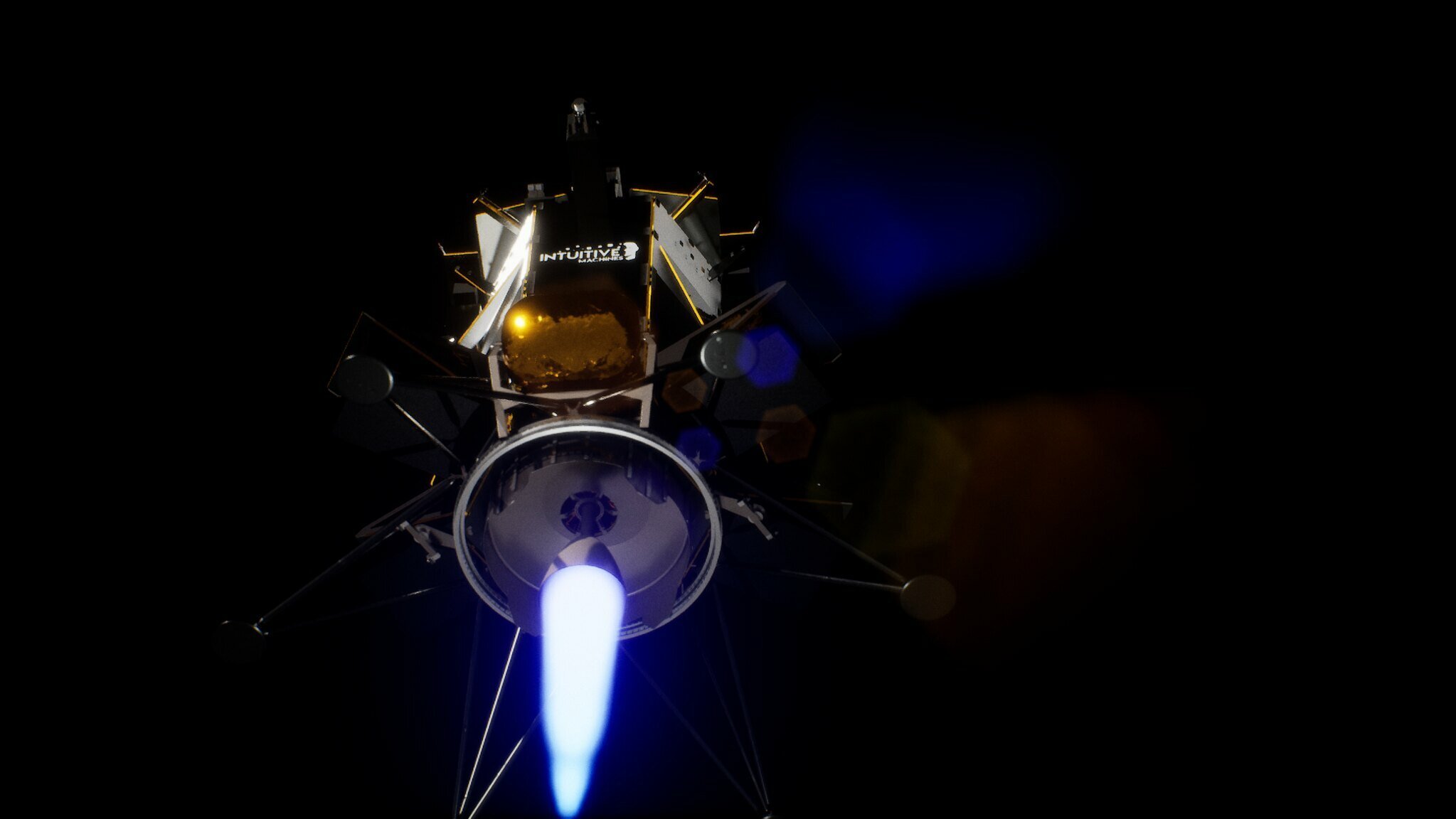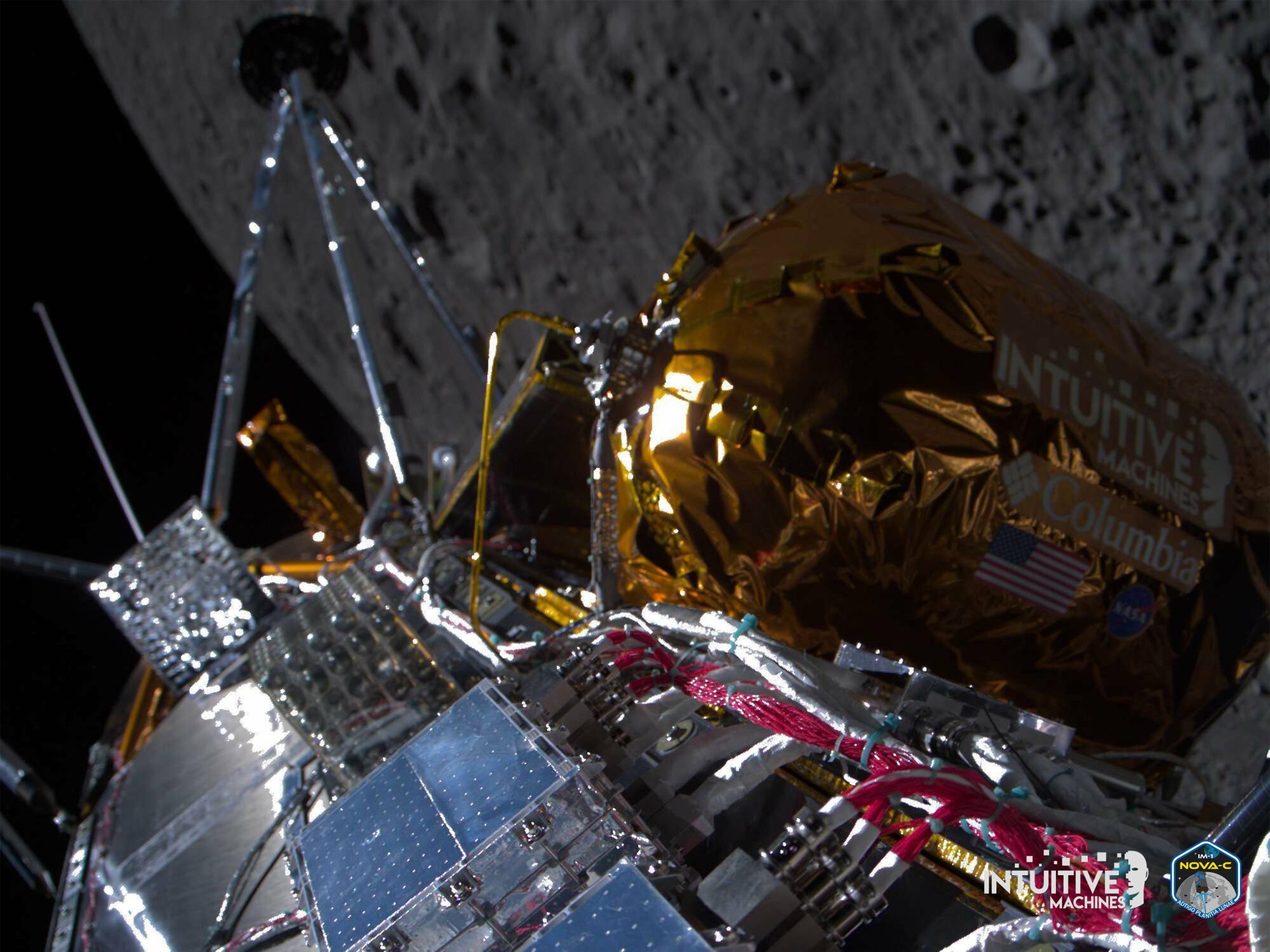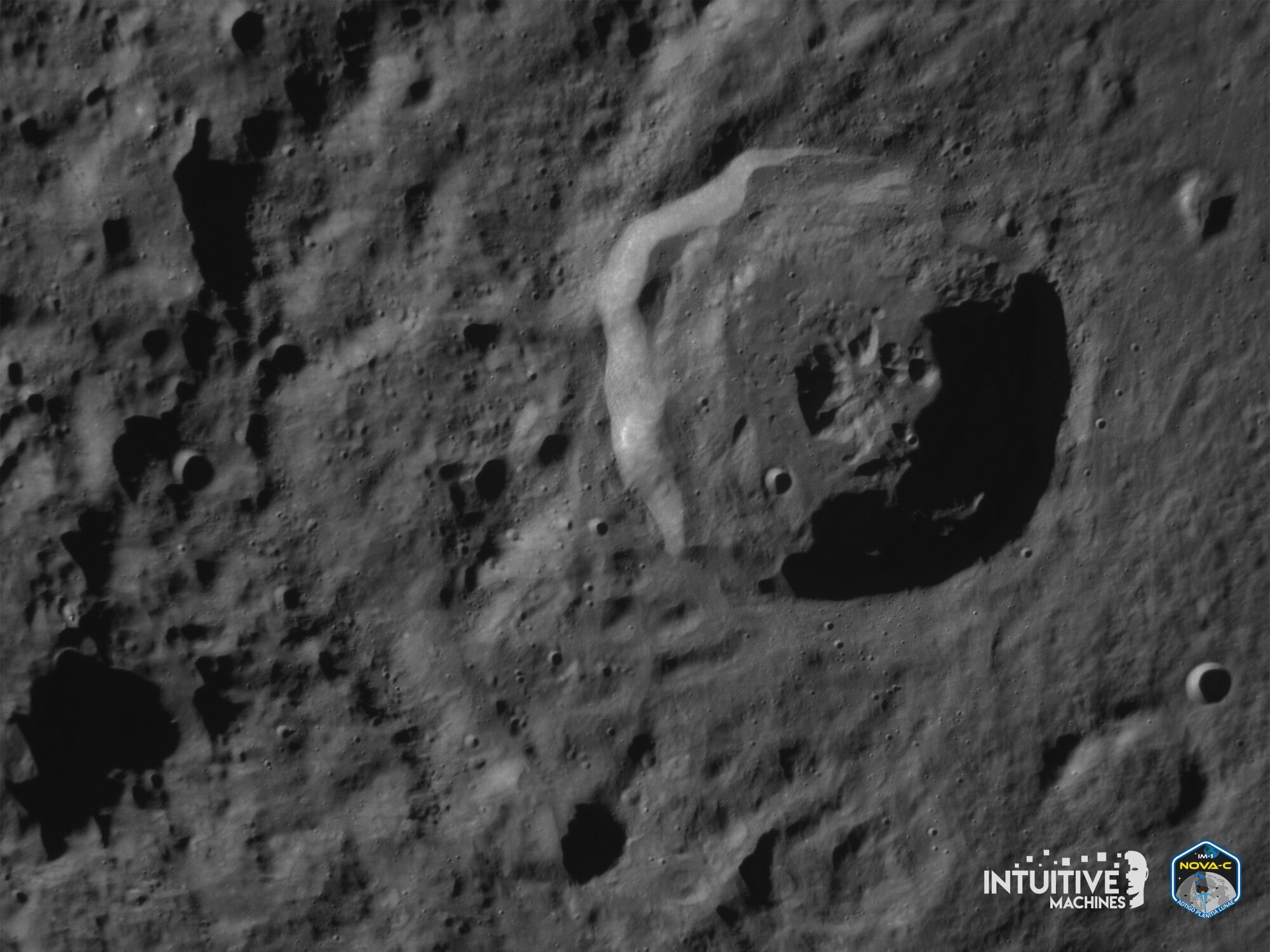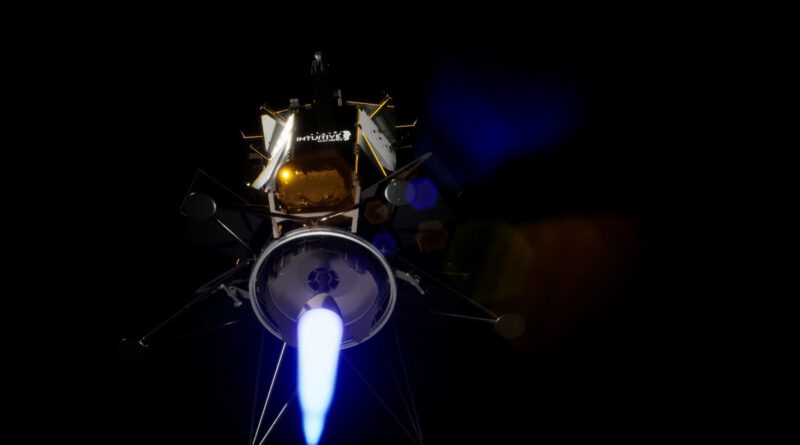U.S. company makes history with first commercial moon landing

A small American company’s robotic spacecraft has brought the United States back to the surface of the moon for the first time in more than a half-century.
Intuitive Machines, a Houston-based space company, landed on Thursday, becoming the first commercial company to reach the moon intact. The unprecedented achievement is a win for NASA, which has invested $ 2.6 billion in contracts with Intuitive Machines and several other vendors to deliver instruments to the moon over the next four years.
It wasn’t all smooth sailing. A few hours before the landing, flight controllers discovered the spacecraft’s laser rangefinders, which help it avoid hazards on the ground, weren’t working. The team decided to take one more lap around the moon, which bought engineers a couple more hours to troubleshoot the problem. During that orbit, they uploaded a software patch to use onboard NASA lasers, which hadn’t previously been tested in space.
Then, there were some communication challenges, but NASA was quick to call the landing a success, even before a photo was beamed back to Earth.
“Today, for the first time in the history of humanity, a commercial company — an American company — launched and led the voyage up there,” said NASA administrator Bill Nelson in a pre-recorded message during the broadcast. “Today is a day that shows the power and promise of NASA’s commercial partnerships.”
The moon lander dubbed Odysseus touched down on Malapert A crater, about 200 miles from the lunar south pole, just before 6:30 p.m. ET. Many nations and private ventures have set their sights on the region because of its ice, thought to be buried in the polar craters. The natural resource is coveted because it could supply drinking water, air, and rocket fuel for future missions, ushering a new era in spaceflight.
The success lends legitimacy to the Commercial Lunar Payload Services initiative (CLPS), a private sector recruitment program to support NASA’s lunar ambitions. Through several contracts, the U.S. space agency wants to establish a regular itinerary of moon missions to prepare for putting Artemis astronauts on the moon in 2026 or later.
Thomas Zurbuchen, NASA’s former head of science, once described each of the first CLPS endeavors as “taking a shot on goal.” The sports analogy means not every attempt will be victorious, but overall the program will give NASA a lot of chances to achieve its moon-to-Mars goals. By outsourcing NASA’s lunar deliveries — rather than fully owning each mission — the agency believes it will save money. The contract with Intuitive Machines for this mission was $ 118 million.

“We don’t know how many of the early attempts will be successful,” said Joel Kearns, NASA science’s deputy associate administrator for exploration, during a news conference in November. “But I can tell you that these American companies are technically strong and rigorous, savvy, they’re resourceful, and they’re driven to be successful. They want to secure that first mover advantage in generating this new lunar economy.”
But observers have questioned how cost-effective the initiative will truly be, given the riskiness of flying on inexperienced spacelines. In January, Astrobotic Technologies, the first of the CLPS vendors, tried to get to the moon, but never reached lunar orbit due to a detrimental fuel leak. NASA spent $ 108 million on that mission and lost five payloads in the process.
“If we’re flying missions at one-tenth of the cost of a NASA mission, and we fail two of them, we still get eight missions for that same price,” Kearns said in a pre-recorded statement during the landing broadcast. “Even with one or two or three failures, this is still a very economical proposition.”

The likelihood of success, especially for novice space programs, is still slim. Historically, less than half of all missions to land on the moon have arrived without crashing. The lunar exosphere — an extremely thin atmosphere of gasses barely held by the moon’s gravity — provides virtually no drag to slow a spacecraft down as it approaches the ground. Furthermore, there are no GPS systems on the moon to help guide a craft to its landing spot. Engineers have to compensate for these shortcomings from 239,000 miles away.
Over the past five years, the private sector has tried and failed. An Israeli nonprofit and company collaborated in 2019 on the so-called Beresheet moon mission, which crashed on the lunar surface after an orientation component malfunctioned. Last April, Japanese startup ispace ran out of fuel on its descent and ultimately crashed. Astrobotic’s Peregrine lander never made it that far and ultimately broke apart as it crashed back to Earth.
But Intuitive Machines’ landing could instill confidence in the burgeoning lunar economy.
“I know this was a nail biter, but we are on the surface, and we are transmitting,” said Stephen Altemus, Intuitive Machines’ CEO. “Welcome to the moon.”
